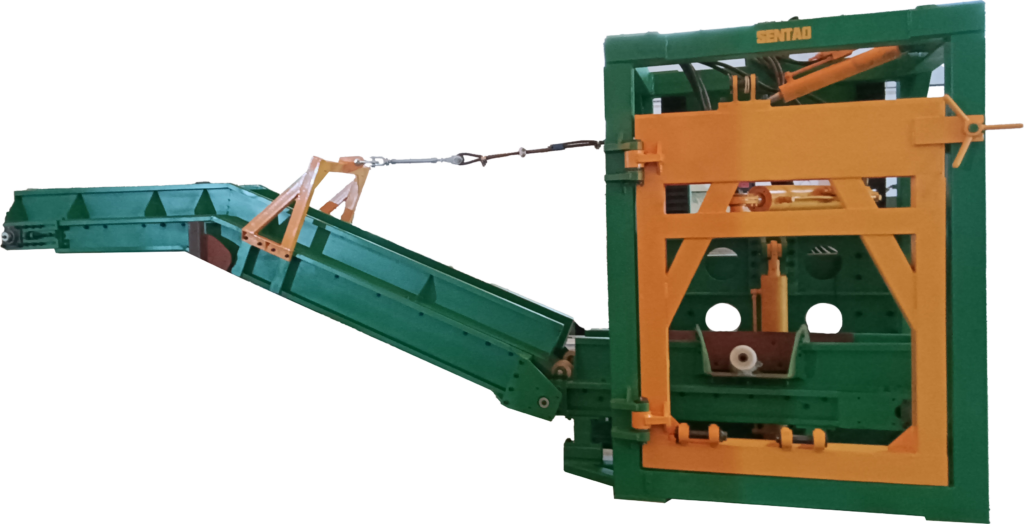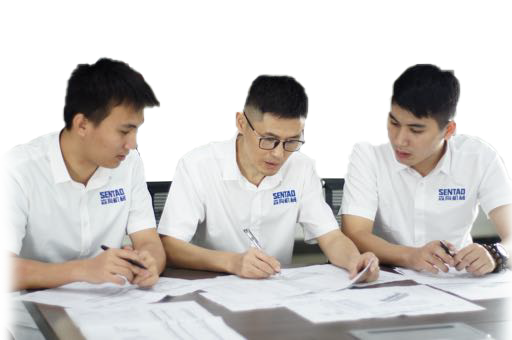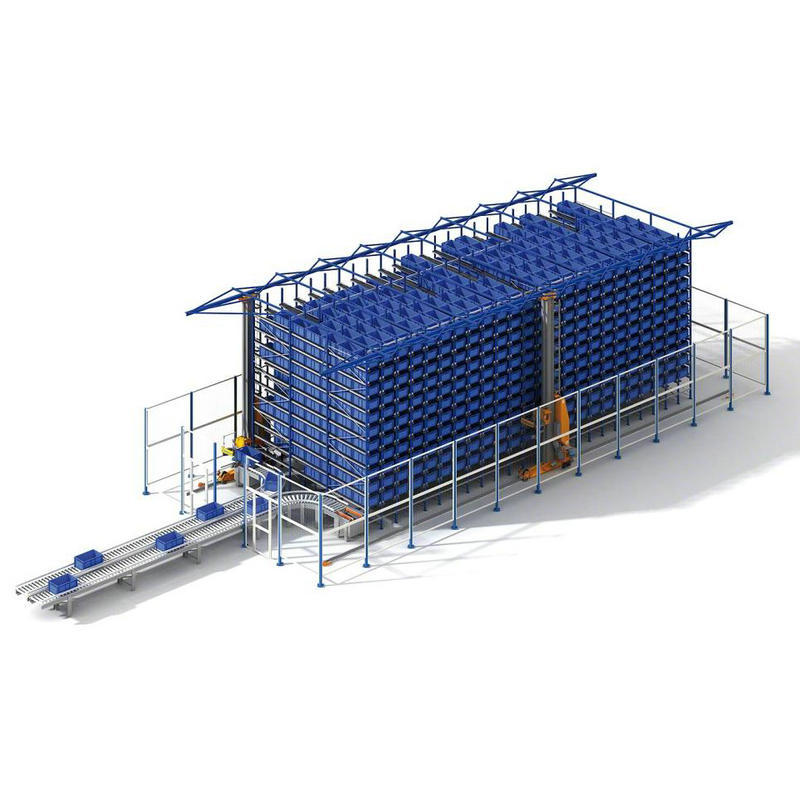
Need Help?
We are here to help.
Our sales professionals can assist you in determining the type of components and solutions needed for your custom application.



An automated vertical warehouse can be designed and produced in different sizes and styles according to various industries and needs. The main components of an automated vertical warehouse include:
1. Shelving: the main body of the warehouse, typically high-rise vertical shelving, which allows for dense storage and effective use of warehouse space. The structure often uses beam shelving to increase stability and ensure fast access to stored items.
2. Storage pallets: devices used to carry goods and a key component of the automated vertical warehouse’s dense storage system. The size of the pallets is determined by the dimensions of the shelving and the goods, and they are often used as the carrier for storing and retrieving items.
3. Stacker cranes: devices used for automated storage and retrieval of goods, which can quickly and safely retrieve items without human intervention. Stacker cranes come in different structural forms, such as single-column and double-column, and different service types, such as straight, curved, and transfer car.
4. Automated conveyor systems: mainly used to transport goods to and from the stacker cranes. The conveyor system is usually located in front of the vertical shelving and connects to the stacker cranes, allowing for quick access to stored items.
5. Information management system: the core of the automated vertical warehouse system, which records the storage and retrieval of goods and provides insight into their usage.
6. Management control system: the software component of the automated vertical warehouse, which enables automation, intelligence, and unmanned operation. Automated vertical warehouses are widely used in industries such as pharmaceuticals, automotive manufacturing, and tobacco manufacturing and distribution. Large and medium-sized e-commerce companies like JD.com, Suning, and Vipshop have developed their own automated warehousing systems, building giant storage bases that improve delivery speed and provide more benefits to consumers, while also enhancing their competitiveness in the e-commerce market.
Our sales professionals can assist you in determining the type of components and solutions needed for your custom application.

Workshop 1,No.6,Liwei Industrial Zone, Shangbai Avenue,Luocun,Shishan Town,Nanhai,Foshan City,Guangdong,China
Mon — Sat: 8AM — 6PM